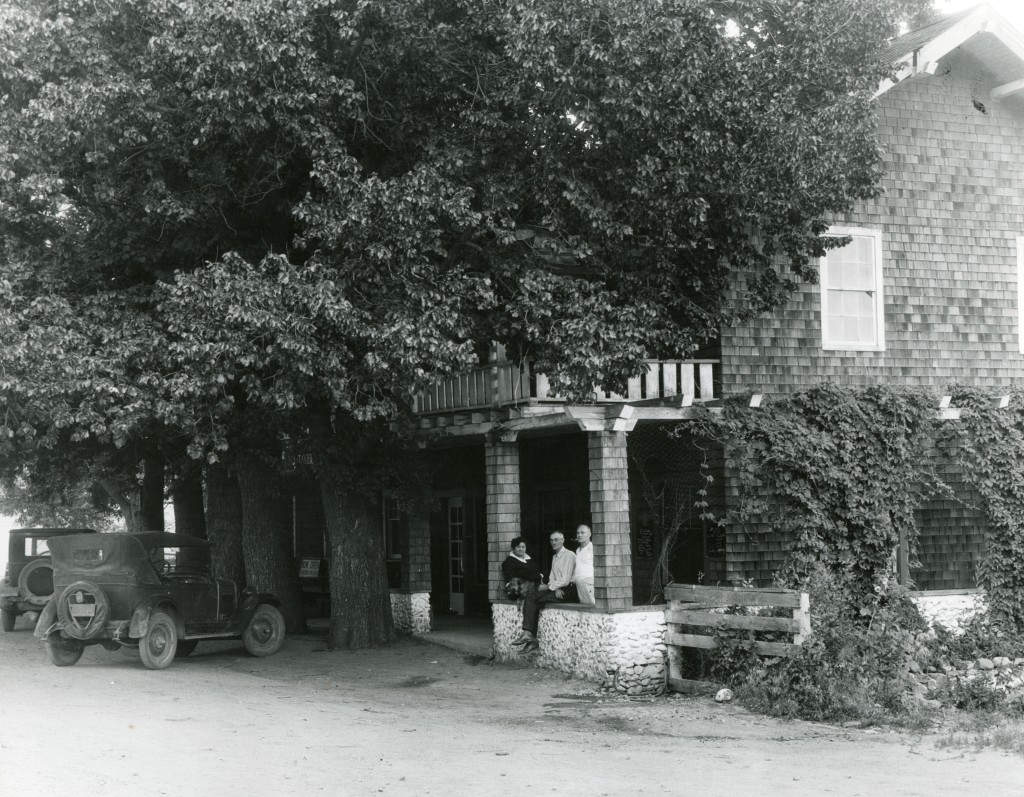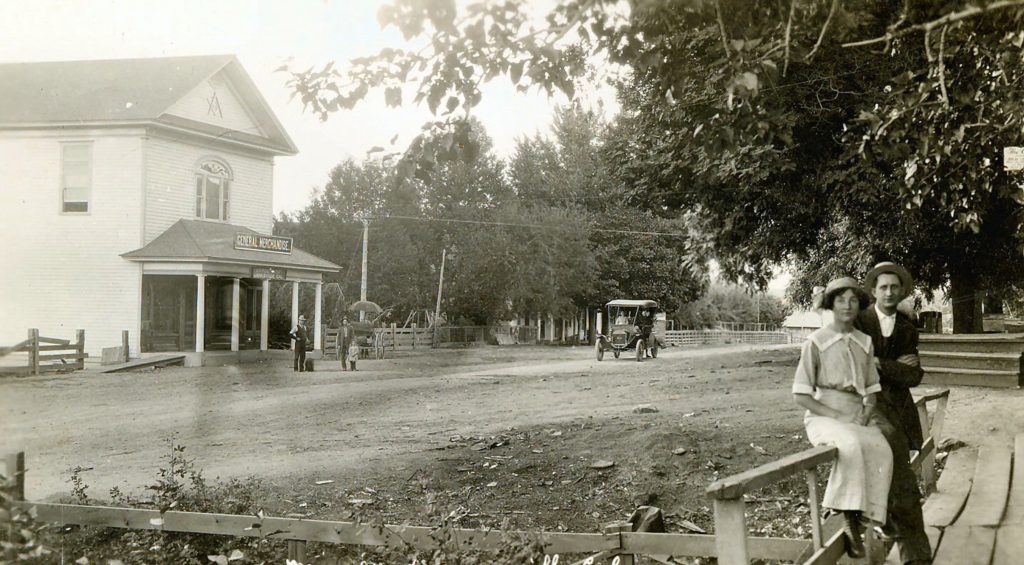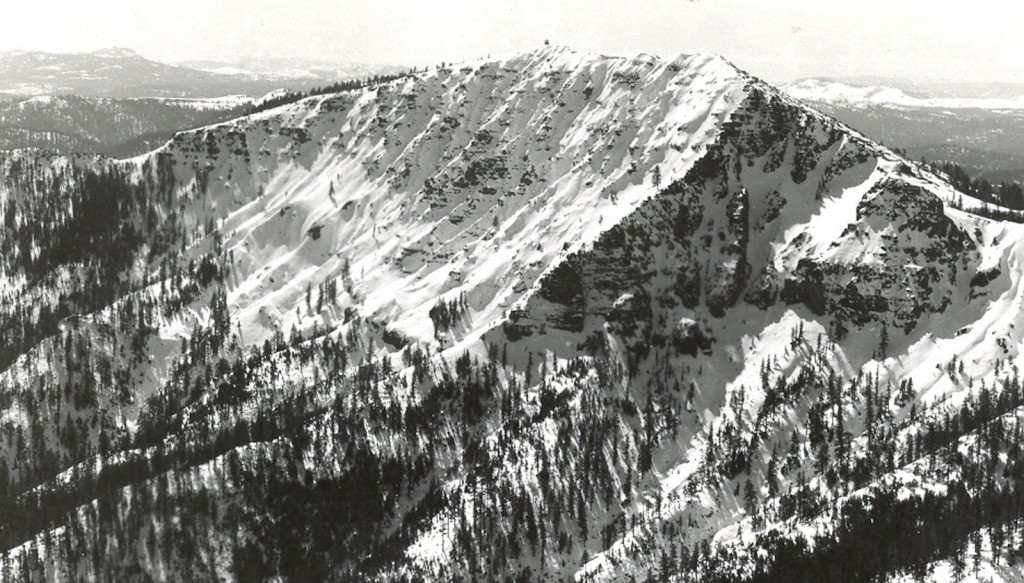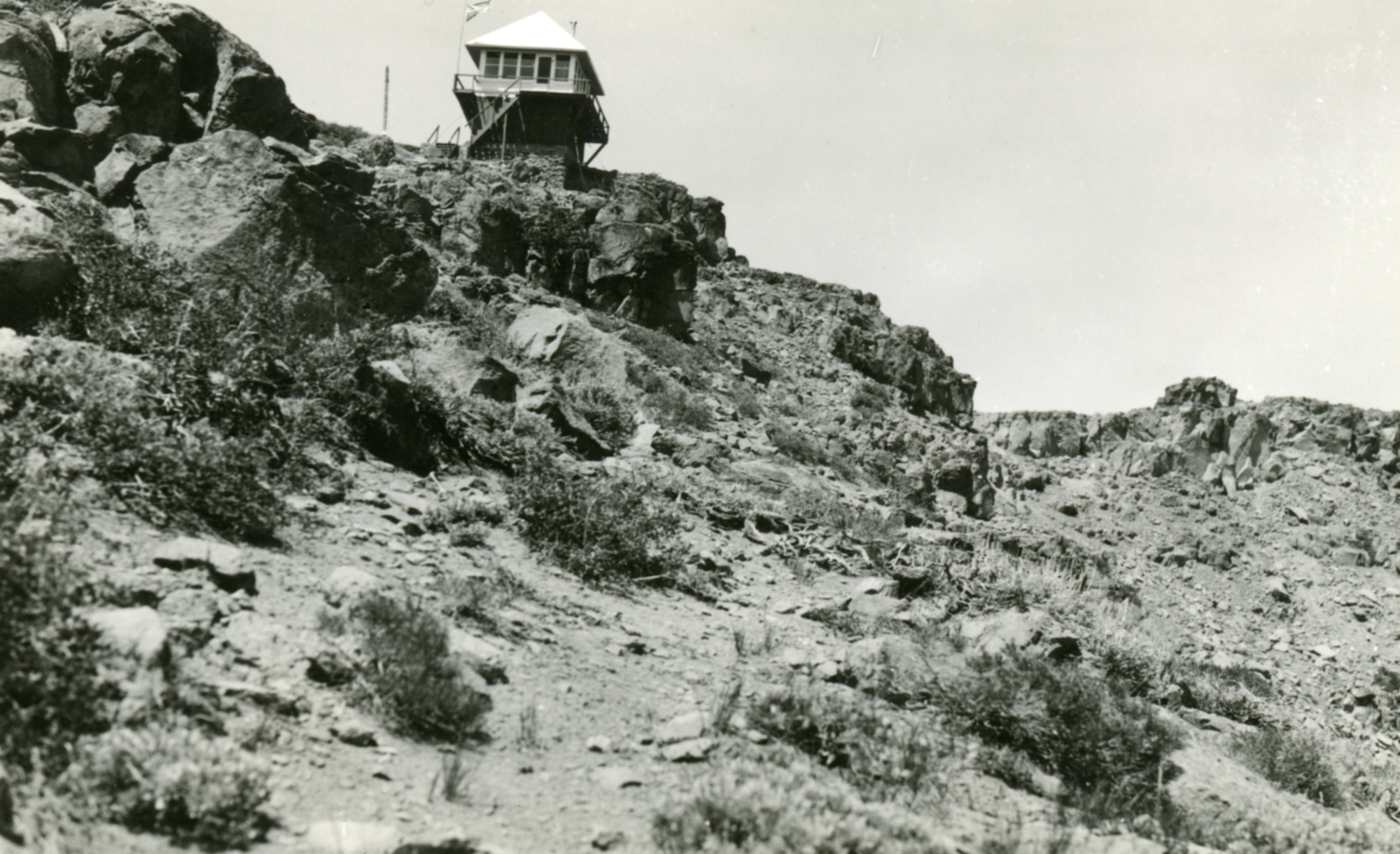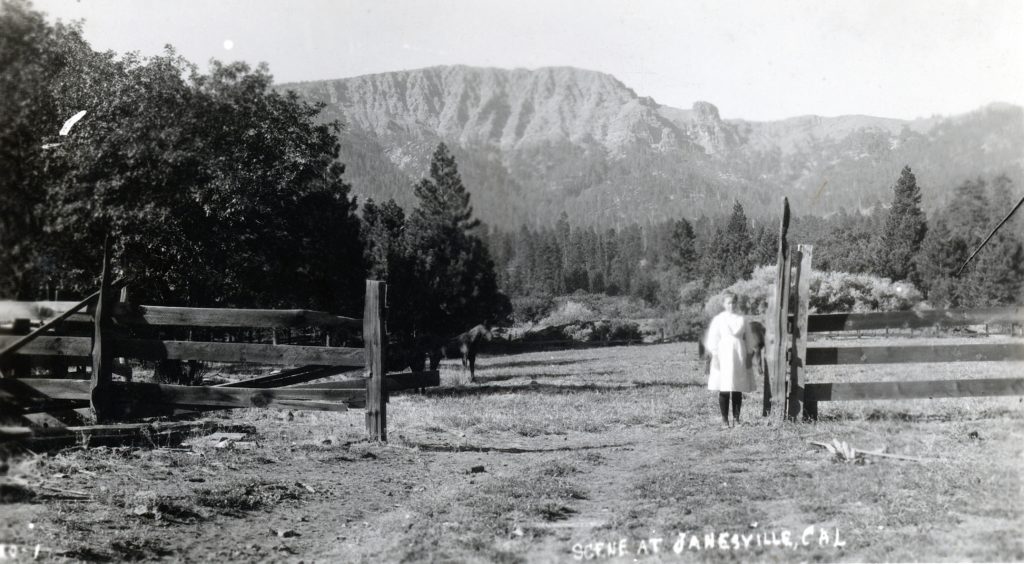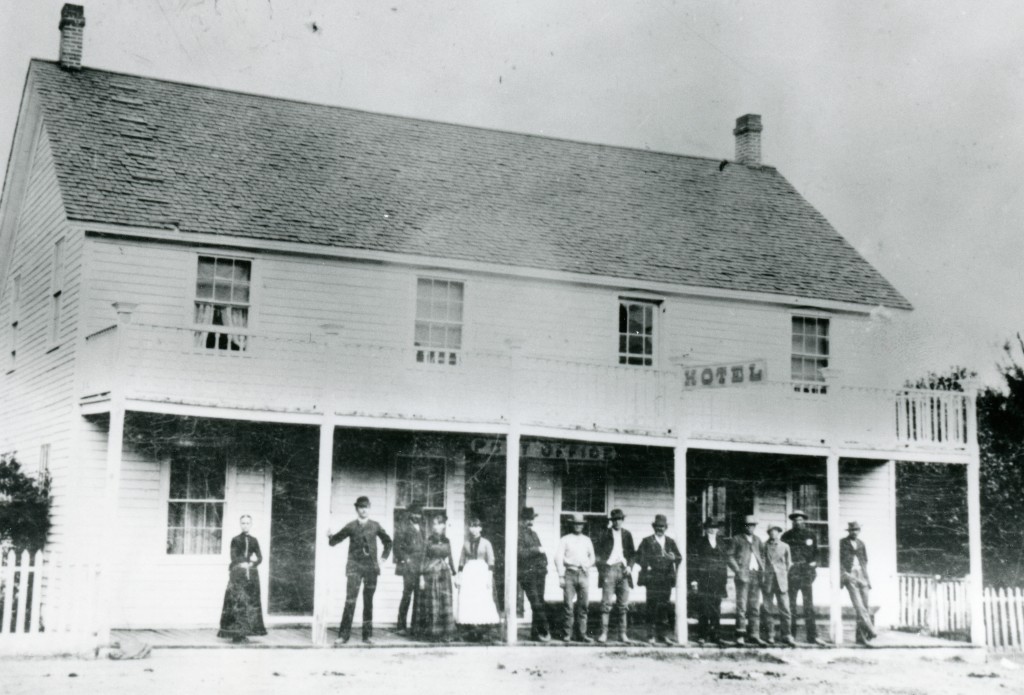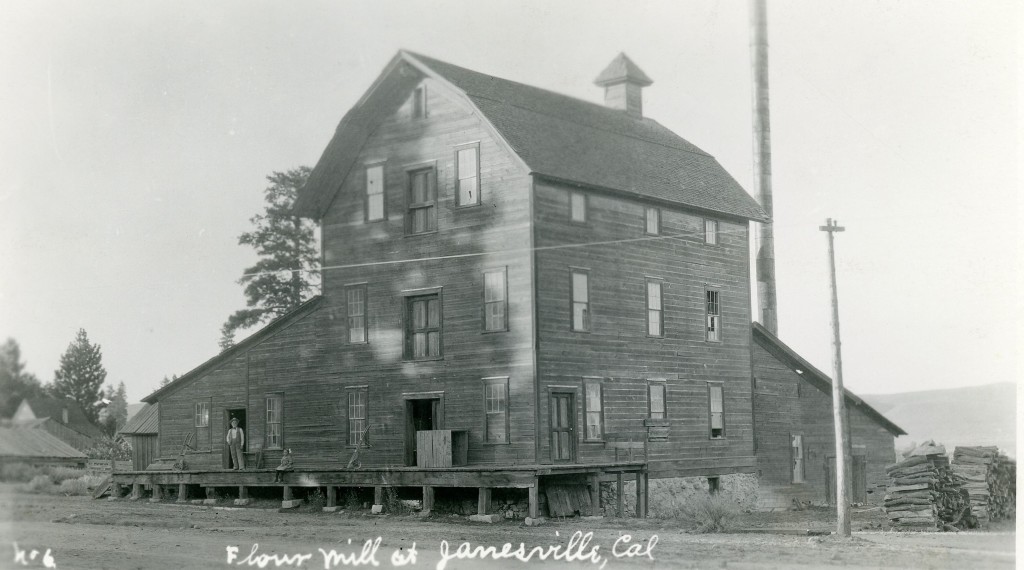
In the spring of 1882, Hiram Dakin and Hiram McCellan proprietors of the Milford Flour Mill began making plans to build a new mill. After all, the Milford one was constructed in 1861, and it had outlived its purpose.
The first order of business was where to build the new mill—Buntingville or Janesville. Buntingville was just beginning to flourish, it being a popular stop for travelers heading north to Modoc County. After careful consideration Janesville emerged as victor.
On June 8, 1882, construction of the three-story structure began on Main Street, a just a little north of the prominent large oak tree that still remains. When the mill was placed into operation in September, the residents knew it—at seven a.m. every morning the steam whistle blew. In 1886, J.K. Gehring purchased the enterprise known as Honey Lake Mills for $6,000. In 1918, Gehring closed the mill, he being 81 years old, and with the new Honey Lake mill in Susanville, no buyers were interested. In the early 1920s, the mill was dismantled and James H. McClelland purchased the lumber to use on his ranch.

